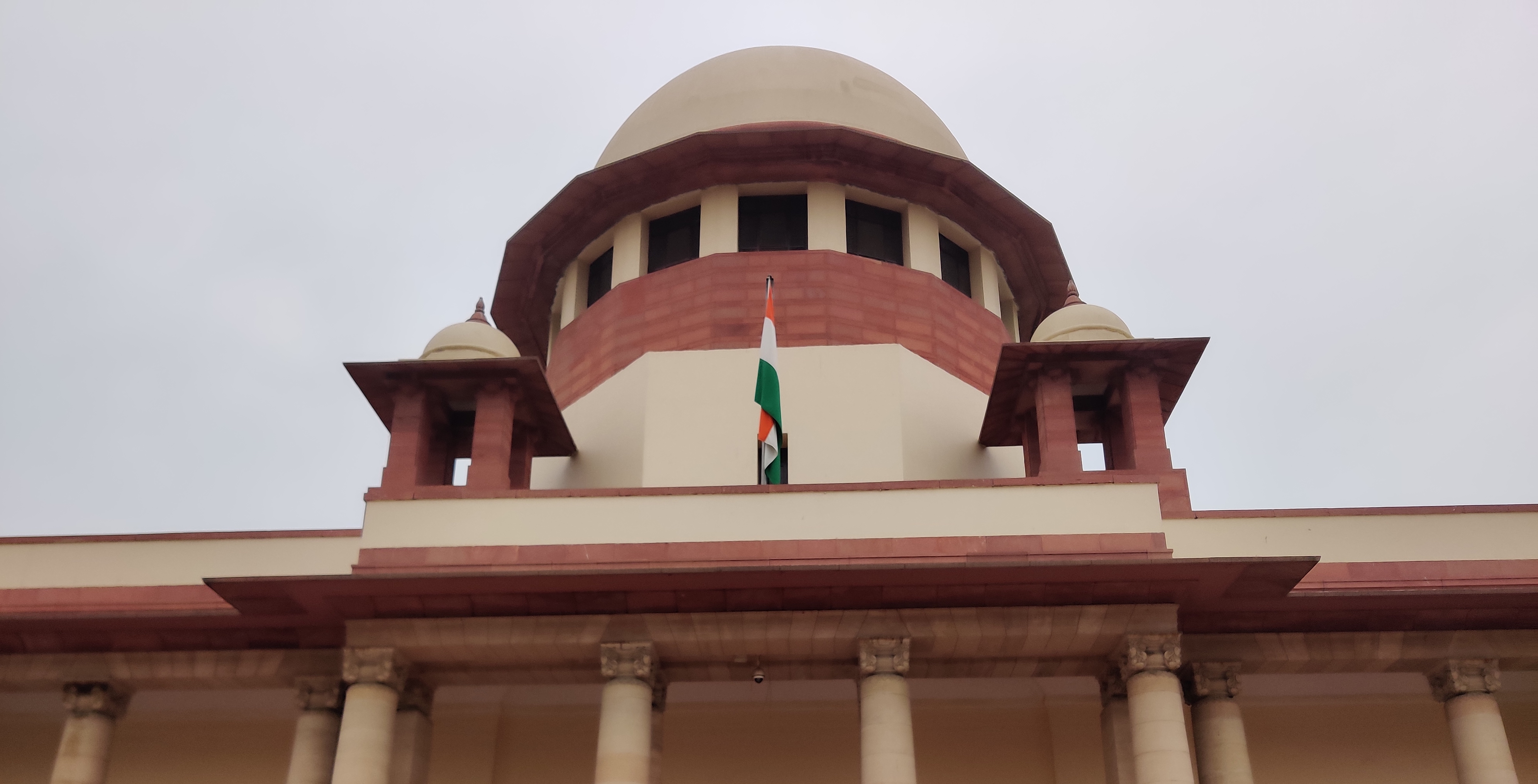 Dispatches
DispatchesIndia Staff Correspondent Sambhav Sharma says that the Pegasus spyware scandal throws additional doubt on the independence of the Indian judiciary at the highest levels. He files this for JURIST from New Delhi.
The Pegasus spyware allegations that circulated last month have shaken up the conscience of Indians. While it is important to assess the privacy angle to the story, I believe it is equally pertinent to evaluate the role of the judiciary in India in the scandal.
In the supposed list of potential surveillance targets that was released, we find the name of a complainant who raised sexual harassment allegations against the former Chief Justice of India Justice Ranjan Gogoi, along with her family members. NSO Group, the company that is responsible for the Pegasus software claimed that it is sold only to government clients vetted by the Israeli government. This, I believe, majorly points to the Indian government involvement in the surveillance allegations.
Here’s the thing; the Indian government, which is the executive wing of the state machinery, is considered separate from the judiciary, and one cannot cast a shadow or control the actions of the other, unless provided for by law. Article 50 of the Constitution of India further solidifies this principle by providing that the State shall take steps to separate the judiciary from the executive. Now this implies that the independence of courts in India is not only a general principle of law but a mandate upon the State machinery.
Coming back to the Pegasus issue, the list, if found to be true, is a catalogue of individuals that irk the government (executive) so much that it felt the need to spy on them and ensure minimum meddling in executive actions. While that alone is despicable, the inclusion of the name of the complainant who alleged sexual harassment on Justice Gogoi is a different ball game altogether. The executive snooping on those who threaten its power implies abuse of power. But the executive spying on someone who is a threat to the highest ranking member of the Indian judiciary smells of collusion, collaboration and dependence of the judiciary on the executive to clean up after it.
To give a little context, after the complaint was raised against him, the chief justice of India took upon himself to address the matter, which itself violates the principle of ‘nemo judex in causa sua’, a principle of natural justice that means one cannot be a judge in their own cause. The CJI then commenced a suo motu case titled ‘In Re Matter Of Great Public Importance Touching Upon The Independence Of Judiciary’ in April 2019, where he openly berated the complainant and claimed the allegations to be a part of some larger plot to malign the sanctity of the judiciary (sigh). Then, in order to appear ‘fair’, conveniently recused himself after already doing pretty much everything required by a judge, and went on to appoint a former Supreme Court judge to conduct an investigation into the alleged “larger conspiracy” angle.
In the meanwhile, the complainant was dismissed from her job as a Supreme Court staffer. The suspension of her husband and brother-in-law, both of whom were employed by the Delhi Police, follow her dismissal from her position. It is almost too convenient to note that the Delhi Police also comes under the control of the Central government of India. Now, after prolonging the case for two years, the Supreme Court meekly closed the probe into the ‘larger conspiracy’ angle in 2021 by stating that recovery of electronic evidence is proving to be difficult, implying that no useful purpose will be served by continuing these proceedings. Although, wasn’t the purpose for which the proceedings were initiated already fulfilled? Which was to act as a distraction and cover the alleged illegal tracks of the CJI by making a scapegoat out of the complainant and stretching it long enough for it to become difficult to recover electronic evidence. Again, how convenient!
The list, if found to be true, raises fresh concerns about the involvement of the executive in judicial matters, and Justice Gogoi apparently serves as the face of the scandal. The only logical conclusion that can be drawn is that, bothered by sexual harassment allegations against himself, the then chief justice of India approached the central government to keep a track of and surveil the complainant and her family.
Turns out, assuming the allegations to be true, the judiciary is not independent after all. It works in cohorts with the executive where any action is taken to protect the “sanctity” of the judges. And it goes both ways; from the Ayodhya verdict to the Rafale case, Justice Gogoi’s tenure saw numerous favourable judgments for the government – perhaps to return government favors like surveilling someone illegally.
If this claim proves to be true, it has daunting consequences on the working of the State machinery. I feel that after the Pegasus snooping update (allegedly executed by the government) and its supposed relations with the Indian judiciary, the confidence of Indians in the independence of the judiciary is hitting the skids. Considering all this I also wonder whether Justice Ranjan Gogoi’s subsequent nomination to the Rajya Sabha was just another transaction in this crooked partnership between the executive and the judiciary, because after all, “You scratch my back and I scratch yours”.

